What is conversion rate optimization (CRO) and how can it help you? If you’ve been wanting to understand this key part of marketing, you’re in the right place.
In this beginner’s guide, we’re going to explain what conversion rate optimization is, the benefits you can get, and how to get started with your CRO strategy so you can get more leads and sales from the traffic you already have.
First, let’s get started with a definition of conversions.
What is a Conversion in Marketing?
In marketing, a conversion is an action taken by your website visitor in response to your call to action (CTA).
Conversions can take many forms. For example, when visitors subscribe to your email list, that’s a conversion. When they grab a free trial signup, that’s also a conversion. And when they buy a product after seeing your CTA, that’s definitely a conversion.
In addition to the types of conversions listed above, there are also micro-conversions, which are basically small steps along the way to taking the desired action.
For example, a micro-conversion could be clicking on a button to add a product to the cart, or to get more information about a product, even if the visitor doesn’t end up buying.
How Do You Work Out Your Conversion Rate?
To work out your conversion rate, you need to know:
- How many people see your CTA
- How many people take the desired action
You’ll need to do a little bit of math, too. Divide the number of people who act on your CTA by the total number of visitors. Then multiply by 100 to make the number into a percentage.
For example, if 400 people see your newsletter subscription CTA, and 100 actually subscribe, your conversion rate is 1 in 4 x 100, or 25%.
What is a good conversion rate? It depends. Ecommerce conversion rates vary by device, by industry and by sector.
It’s exactly the same for email marketing.
Regardless of how your conversion rate measures up to the competition, there’s always room to improve.
What Is Conversion Rate Optimization?
Conversion rate optimization is improving your site to maximize the number of conversions you get. When you know what conversion actions you want visitors to take, and what your current conversion rate is, you can work on convincing more visitors to convert.
What CRO Is Not
We’ve been talking about what conversion optimization is, but it’s also good to be clear on what it’s not. CRO is not:
- SEO (search engine optimization), which is focused on optimizing content to get more organic search traffic to your site. Instead, CRO is about working with visitors who are already on your site.
- A/B testing, which, as you’ll see later in this guide, is just one part of conversion optimization.
Here’s one more important fact about CRO: Conversion rate optimization is not the main goal of your marketing.
Your ultimate goal is getting leads, sales, and revenue – so keep in mind that CRO is just one powerful tool to help you reach that goal.
Related ContentConversion Rate Optimization Statistics You Need to Know
Benefits of CRO
There are several reasons why CRO is an essential part of your marketing strategy.
While SEO can help you to get more traffic to your site, more traffic doesn’t always mean more revenue. CRO can help you boost revenue from the traffic you already have, which is also why it’s so cost-effective.
That also means that you don’t have to have a lot of website traffic to benefit from CRO. Even low-traffic sites can improve their ROI with small tweaks to their conversion optimization strategy.
CRO can also give you more insight into your customers’ actions and preferences. A good conversion optimization strategy will help you:
- Create better, data-driven buyer personas
- Map the customer journey
- Track user flow and usability
All of this results in better user experience for your customers, which builds trust, provides a better ROI on your marketing spend and helps you win more conversions. Best of all, improvements are based on data, rather than guesswork.
3 Steps to Implement Your Conversion Optimization Strategy
So, what’s involved in a conversion optimization strategy?
There are three main steps:
- measurement
- analysis and hypothesis
- changes and testing
Let’s look at these in more detail.
1. Measure Where You Are
Before you can optimize, you have to know what the status quo is. That’s why you’ll often see analytics software listed among conversion optimization tools.
For example, you’ll use analytics software to see how much traffic is coming to your site and to key pages in your conversion funnel. If you set up goals in Google Analytics, you’ll be able to track specific conversion actions.
If you’re using OptinMonster, our built-in conversion analytics tells you how your marketing campaigns are performing. And because it integrates with both Google Analytics and the major email marketing software platforms, you can track those conversions in the OptinMonster dashboard, too.
WordPress UsersFind out how to easily connect Google Analytics with WordPress here.
2. Form a Hypothesis
Next, think about what you’d need to change in order to improve your conversion rate.
That’s called forming a hypothesis: an idea about what you need to test, why, and what improvement you think you’ll see. When you get to the test, the hypothesis will help you be clear about the scope of your conversion optimization test, and whether it’s a success or a failure.
To create a conversion optimization hypothesis, use this template from Digital Marketer:
Because we observed [A] and feedback [B], we believe that changing [C] for visitors [D] will make [E] happen. We’ll know this when we see [F] and obtain [G].
For example, you could say:
Because we observed that too few people were buying our electric shavers, and visitors reported that they could not find shipping information, we believe that including a prominent header with our free shipping offer will increase purchases. We’ll know this when we sell more electric shavers over a 2 week testing period than in the previous period and get customer feedback that shows that people are aware of our free shipping offer.
3. Make Changes and Test
The final step is to make the change you think will work and test to see if you’re right. At the end of this process you will either:
- Know that your hypothesis was right, and make the change permanent
- Know that your hypothesis was wrong, and think again
- Not know either way, think of a new possible explanation, and start testing again
A Conversion Optimization Example
Here’s one example of this three-step process in action:
- A writer found that a review she wrote had become one of the most popular pages on her site but she wasn’t getting the conversions she expected from her generic signup form.
- She formed a hypothesis that changing the form design so it reflected the page content would result in more email signups.
- She made the change and tested, and found that her conversion rate improved.
What Can/Should You Test?
One of the most crucial aspects of conversion optimization strategy is working out what to test. Obviously, you can test anything you like, but it’s good practice to focus on testing web pages that make a difference to meeting your goals for revenue or lead generation and to improve any areas of your website or marketing that are preventing people from converting.
Here’s a quick conversion rate optimization checklist of items to look at:
- The size and prominence of your headline, and headline wording (read our guide on headline creation tools for help with improving yours)
- The copy (we talk about the pros and cons of short and long copy in our sales page guide)
- The use of video and images on your web page
- Where the different elements appear on the page
- The color of your CTA button and where you put it on a web page, as well as the call to action wording itself
You can also compare the conversion rate for mobile and desktop visitors, and can make some tweaks to boost the mobile conversion rate.
Introduction to CRO Testing Techniques
When you’re doing conversion rate optimization, there are three main techniques you’re likely to use:
- A/B testing
- Multivariate testing
- User/usability testing
Before we get into what those are, here are a couple of terms you need to be familiar with:
- Control, which is your original web page
- Variant, or variation, which is the changed version you’re trying out
In A/B testing (which is also known as split testing) you test a control against a variant, changing one element and testing it with half your traffic to see if there’s a change in the conversion rate.
For example, one version of your CTA button could say “Buy Now” and another could say “Get the Deal”.
There’s also A/B/n testing, where you have a couple of versions of the element you’re changing, and divide the traffic equally among them. Sticking with our example above, you could have a third variant that said: “I’m In”.
In multivariate testing, you still divide the traffic, but you’ll change more than one element at a time. In our original example, you could experiment with CTA button placement as well as text. With multivariate testing, page versions can each look radically different.
Learn more about the difference between split testing vs. multivariate testing in our guide.
In addition to these two practices, there’s also usability testing. Usability testing involves asking real users to carry out tasks on your site (like browsing a product page and making a purchase) and getting feedback on their experience of carrying out those tasks.
It’s a good way to see how visitors interact with your site. It’ll also help you decide whether something’s working and what to test.
Conversion Optimization Best Practices
Here are some conversion optimization best practices to help you get more from your strategy.
First, always make sure you’re testing like against like. That means ensuring that testing groups and conditions are comparable. For example, don’t test marketing meant for 18-25s against a campaign designed for over-40s.
And you wouldn’t compare tests run during the busy holiday retail season with those carried out during the post-holiday slump.
For this reason, it’s wise to make sure you test for long enough to account for any temporary blips. As this Digital Marketer chart shows, the ideal test period will be at least a week but may be much longer depending on the traffic required and the number of variants.
Ensure that your data is reliable. That means checking that the results have statistical significance (a fancy way of saying exactly the same thing) and you’re sure you can trust them, which means an industry-standard confidence rating of at least 95%.
Learn more about this in our article on A/B testing best practices.
And finally, test the right items. As we mentioned before, you’ll focus on those that have an impact on revenue, like:
- Your most visited pages
- The important lead generation pages
- Landing pages for important pre-sales resources
Learn more about conversion rate optimization best practices in our guide to A/B testing mistakes to avoid.
5 CRO Tools You Can’t Do Without
Here are 5 tools you should integrate into your conversion optimization strategy.
1. Google Analytics
We’ve already talked out the importance of using Google Analytics to figure out what’s happening on your website, so you can identify potential areas for improvement. Learn more about Google Analytics in our step by step guide, and our tutorial on setting up a custom analytics dashboard.
If you’re using WordPress, MonsterInsights is the easiest way to properly set up Google Analytics on WordPress.
2. OptinMonster
As well as conversion tracking, OptinMonster has built-in split testing, so you can easily improve your conversions. To create a split test in OptinMonster:
Open the three-dot menu to the right of any campaign:
Click A/B Split Test:
Give your test a name and description and click Create Split Test.
OptinMonster will automatically divide your traffic and track conversions for each variant.
Here are some ideas on how to split test your marketing campaigns.
3. VWO
VWO includes a range of conversion optimization tools, including tools for multivariate testing across mobile and desktop.
4. Crazy Egg
Crazy Egg is a heatmap tool that lets you see where the most and least active areas of your site are. Areas that a lot of visitors read and click will look hot, while those that they ignore will look cool. That’ll help you optimize the placement of marketing campaigns, and individual parts of campaigns, such as your call to action.
5. User Testing
As mentioned earlier usability testing, also called user testing, helps you figure out how visitors interact with your site, so you can easily eliminate conversion bottlenecks. Popular usability testing tools include Qualaroo and 5 Second Test.
That’s it! Now you understand what conversion rate optimization is and how to implement it, find out how to boost conversions even more by using the fear of missing out (FOMO) in your marketing. You can also conduct a conversion rate audit to discover leaks in your funnel that you can fix to boost conversions.
You can also increase conversions more by using onsite behavioral retargeting to keep your visitors interested by showing them offers relevant to what they do on your site. And follow us on Facebook and Twitter for more guides and tutorials.


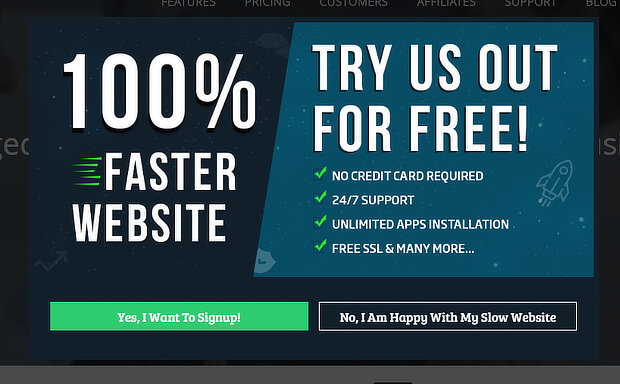
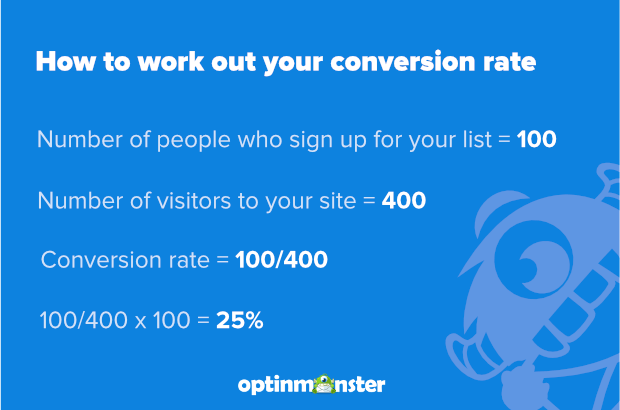
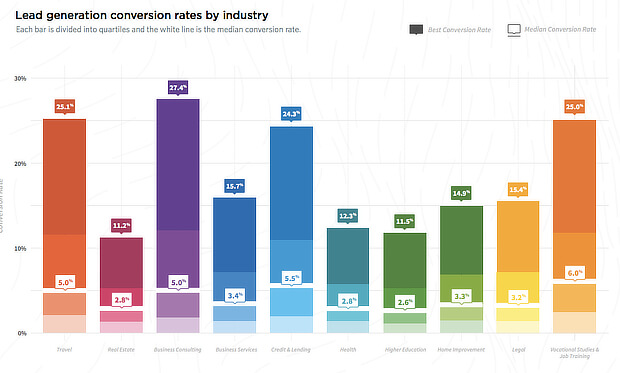
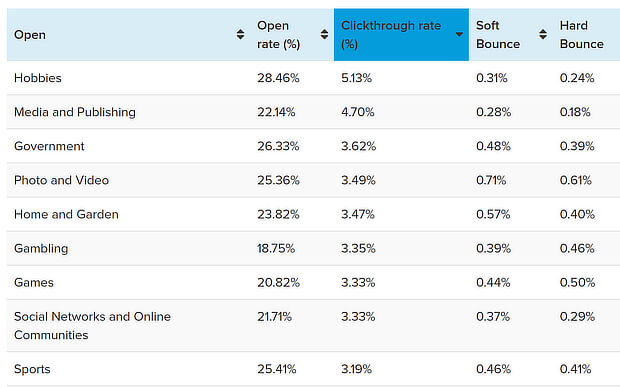
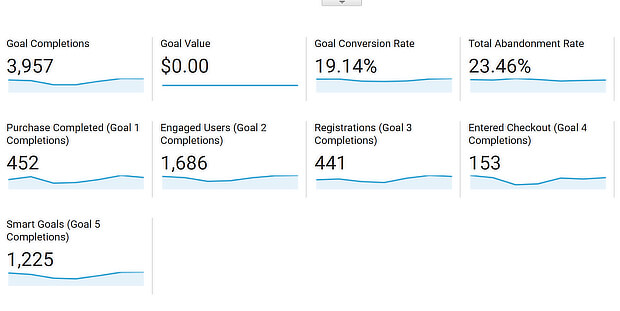

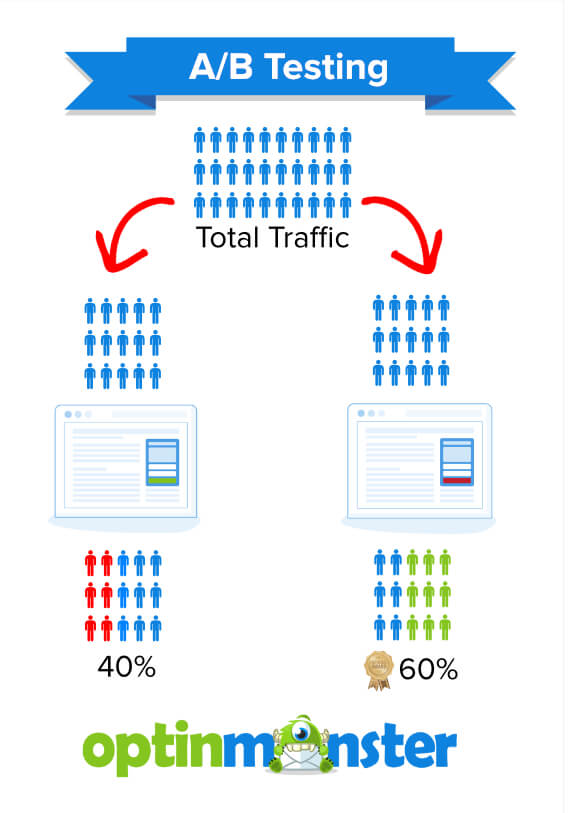

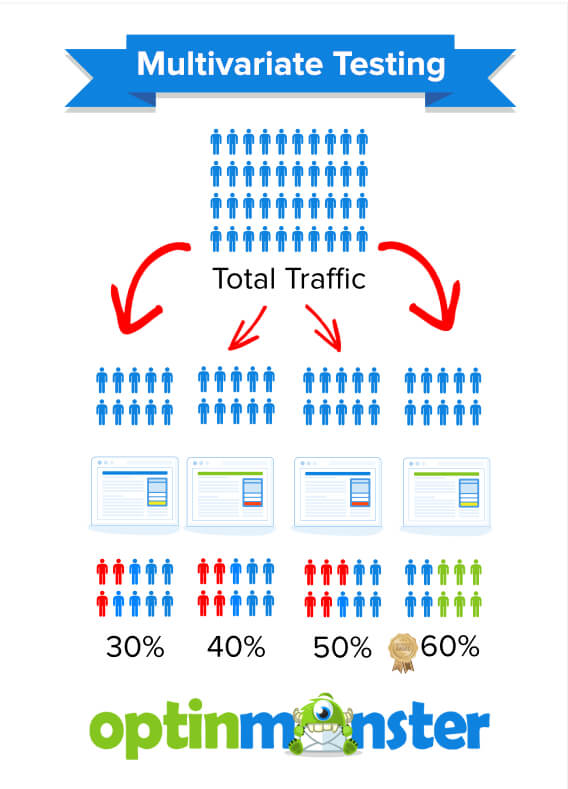


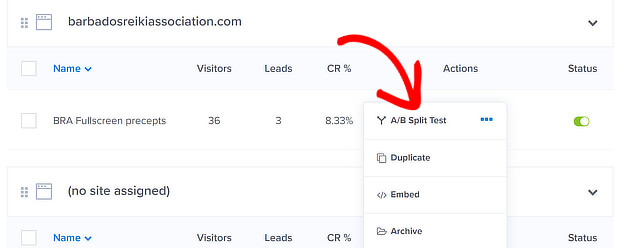
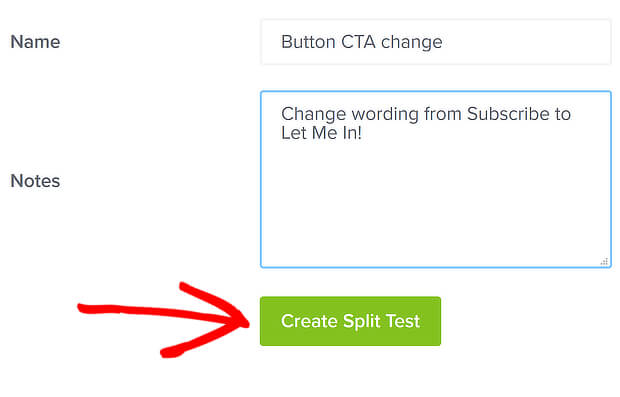








Add a Comment